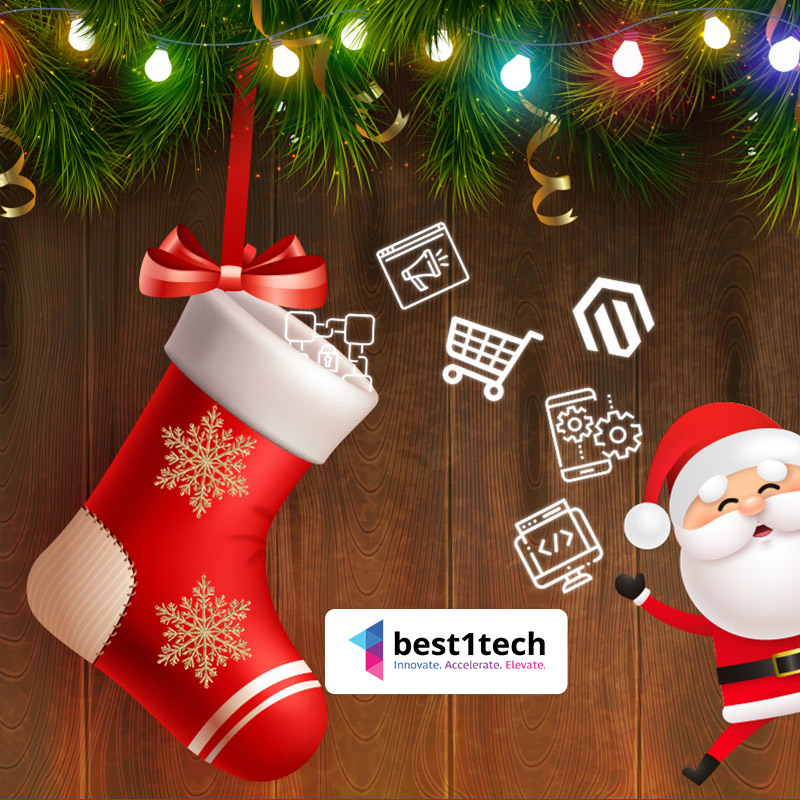It’s almost Christmas eve, and workplaces are ready to close for the annual holidays, with everyone frenetically trying to finish their scheduled tasks well within time. Isn’t it at such times that you hope for digital transformation technologies at your organizations to take charge and swish that magic wand? And, voila! The work is complete!
Workplace automation technologies have surely left us asking for more – more ease, more intel, more speed. Organizational functions like HR, Marketing and Corporate Communications, Sales, Admin, Finance, IT, product development – are all hoping for 2020 to make their departments and processes even easier than before and AI-machine learning, blockchain, IoT, 5G are making these expectations a reality.
2030 is being predicted by consumers to be the tipping point for the Internet of Senses to kick in, especially with the support of virtual reality (VR) and augmented reality (AR). This means devices will trigger multisensory instructions and capabilities rather than just touch and voice, where taste, smell and sight will cause different realities. Dr. Pernilla Jonsson, Head of Ericsson Consumer & IndustryLab and co-author of ConsumerLab Hot Consumer Trends 2030 report says, “We’re talking about a shift from current smartphone-based internet connectivity to immersive experiences resulting from our senses being connected. This report explores what that could mean for consumers, with Augmented Reality glasses sitting at the intersection. We did not expect the extent to which consumers already envisage vast changes to our daily lives driven by sensory connectivity through Artificial Intelligence (AI), Virtual Reality (VR), Augmented Reality (AR), 5G and automation.”
Similarly, employees, who are also part of this consumer force, are bound to want these experiences to percolate into their workplaces, where intelligent, smart, connected organizations can aid business transformations and workforce enhancement manifold.
Here’s our digital transformation technologies wish-list for various enterprise-wide functions:
- The future organizational cloud network needs to be such that all enterprise resources, human and tech, are linked to an AI-based neural network that can bust data silos completely and mining just the right data at the right time for purposeful and enriching consumer connect. If this needs to work, obviously there needs to be data-crunching infrastructure that can serve these networks.
- Internet connectivity – with no disruptions in network – no matter what the emergency; if the tech titans and global governing organizations come together for this singular cause, sure, that’s a possibility. Enabling advantages of collaboration arising out of strategic partnerships can very well aid seamless experience.
- Marketing will wear the armor of consent before it promotes content to relevant audiences. Profiling audiences, creating the right propositions, re-marketing as required and catalyzing all customer journeys towards the cart end-to-end is what will matter.
- CMS tools from the Google and Apple, as easy and seamless as their products, having simple and intuitive interfaces. Our wish is for simple drag and drop elements that allow for inputs from diverse sources and non-compatible interfaces that can be automatically adapted to the organization’s CMS.
- Prescriptive forecasting of marketing campaign results based on past data, where tools make AI-based recommendations, so campaigns can achieve defined goals.
- AI-based spam and non-subscribed content detectors for social media that auto-eliminate feeds from handles, pages or those prospects the Marketing teams are following if you have not acted on them for a defined period.
- Technology for Sales, giving prospects alerts in real-time when someone googles for a product or service provided by the organization.
- For enterprise logistics teams, enhancements in technology for delivery drones and hyperloops for faster transportation of ecommerce goods.
- Smart Mails that implement reading and sorting tools to segregate emails into actionables, knowledge source, important data points for future actions and other role-based aspects.
- Team Collaboration tools that generate tasks or to-do-lists intuitively from group and individual chats
- VR meeting apps that enable you to virtually interact with the person chairing the meeting in their time and space as if you are present in the same room.
- L&D Training modules for every function, where the tool practically adds you to any recently faced hurdles by the company to improve your learning. For instance, IT teams from one region are trained on security breach by adding them to another region’s security breach incident, where they interact with the breach as if they were themselves in it.
- Talking of continuous improvement, an AI-based buddy for every employee that tracks where everyone’s skills are at for its IT, Marketing, Sales, Finance, Admin, and adds them to growth opportunities within the enterprise and partner organizations that will enhance their skillsets and thereby enhance their productivity and professional growth. The buddy can also set goals and interact with employees to complete them from time to time, providing inputs on areas found lacking in, connecting with appropriate mentors from the organization to help fulfill these knowledge gaps.
- Simplified programming options for non-coders, who may have great tech ideas, but are without any requisite knowhow of programming languages. Here, AI helps them build code-based constructs based on given inputs and visualizations.
- Easy virtual access to events and conferences around the world for better knowledge exchange, if not during the event then at least after it.
- A feature like This day/month last year/any year to remind us of our professional milestones already created by the AI buddy for motivating employees and encouraging them to grow to their next best potential level.

